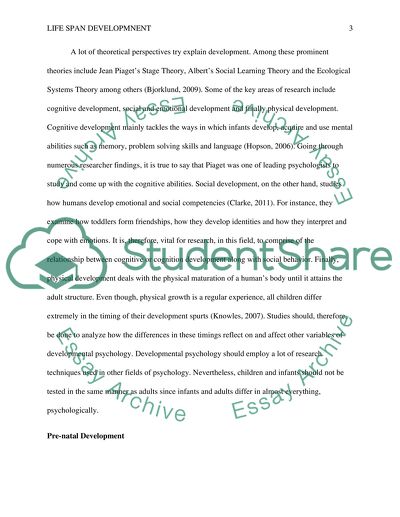Cite this document
(“Lifespan development Research Paper Example | Topics and Well Written Essays - 2500 words”, n.d.)
Retrieved from https://studentshare.org/psychology/1401249-lifespan-development
Retrieved from https://studentshare.org/psychology/1401249-lifespan-development
(Lifespan Development Research Paper Example | Topics and Well Written Essays - 2500 Words)
https://studentshare.org/psychology/1401249-lifespan-development.
https://studentshare.org/psychology/1401249-lifespan-development.
“Lifespan Development Research Paper Example | Topics and Well Written Essays - 2500 Words”, n.d. https://studentshare.org/psychology/1401249-lifespan-development.


